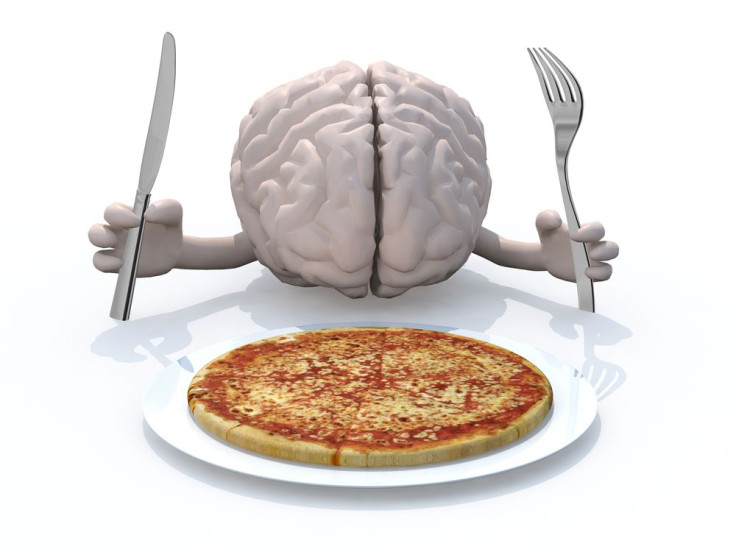Calorie Counter Inside Your Brain Knows You Want Junk Food

Understanding why people desire certain types of food and how their brains respond to this stimuli could help control eating behaviors that lead to obesity and related health complications, such as heart disease, high blood pressure, and type 2 diabetes. A recent study published in the Association for Psychological Science journal Psychological Science has revealed that an internal “calorie counter” in the brain starts working whenever we look at certain food items we desire.
“Earlier studies found that children and adults tend to choose high-calorie food,” Alain Dagher, neurologist at the Montreal Neurological Institute and Hospital, said in a statement. “The easy availability and low cost of high-calorie food has been blamed for the rise in obesity. Their consumption is largely governed by the anticipated effects of these foods, which are likely learned through experience.”
Dagher and his colleagues recruited 29 healthy participants, who were shown pictures of 50 food items they were familiar with. Using a scale from 1 to 20, participants were asked to rate how much they enjoyed each food and to estimate how many calories they thought each food item contained. The participants were also asked to bid on each item in a simulated auction to gauge how much they desired each food, using functional brain scans that tracked activity in different areas of the brain.
Although participants were bad at judging how many calories each food contained, the amount they bid on the food was comparable to its actual caloric count. The food’s true calorie count was also linked to activity in the ventromedial prefrontal cortex, the area of the brain responsible for encoding the value of stimuli and predicting immediate consumption. On the other hand, rating how much they liked each food item stimulated activity in the insula, the area of the brain linked to processing the sensory properties of food.
“Our study sought to determine how people’s awareness of caloric content influenced the brain areas known to be implicated in evaluating food options,” Dagher added. “We found that brain activity tracked the true caloric content of foods.”
According to the Centers for Disease Control and Prevention, “caloric imbalance” often results in overweight and obesity. Caloric imbalance is failing to expend the same amount of calories that are consumed. It is affected by certain genetic, behavioral, and environmental factors. Figuring out how the brain responds to food high in caloric density could become essential to helping people divert their attention away from poor dieting decisions.
Source: Tang D, Fellows L, Dagher A. Behavioral and Neural Valuation of Foods Is Driven by Implicit Knowledge of Caloric Content. Psychological Science. 2014.



























